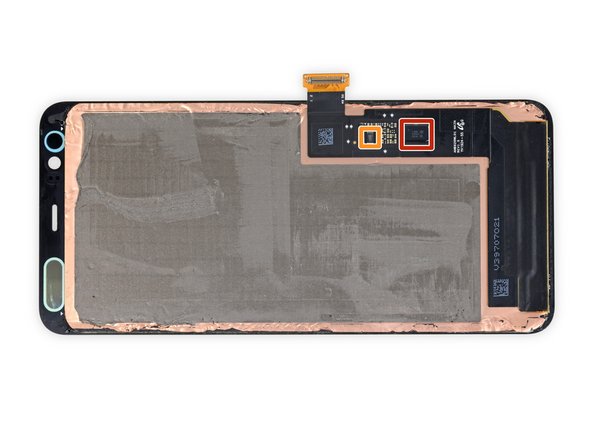crwdns2935425:013crwdne2935425:0






-
Google gifted this Pixel with a supersmooth (sometimes) 90 Hz screen—a rarity thus far, even amongst the flagship-iest of smartphones.
-
Google also made sure nobody could take it from the Pixel without a struggle. Strong perimeter adhesive + screen layers going literally to the edge + giant duct-tape-like adhesive pad = screen does not want to come out intact.
-
In theory there's no reason to do this—only broken screens need be removed this way. But this is not a fun process for replacing an (all too common) broken screen.
-
On board, we also find a somewhat unexpected chip package from STMicroelectronics, likely a capacitive touchscreen controller.
-
GigaDevice GD25LH80C 8 Mb serial flash memory
crwdns2944171:0crwdnd2944171:0crwdnd2944171:0crwdnd2944171:0crwdne2944171:0